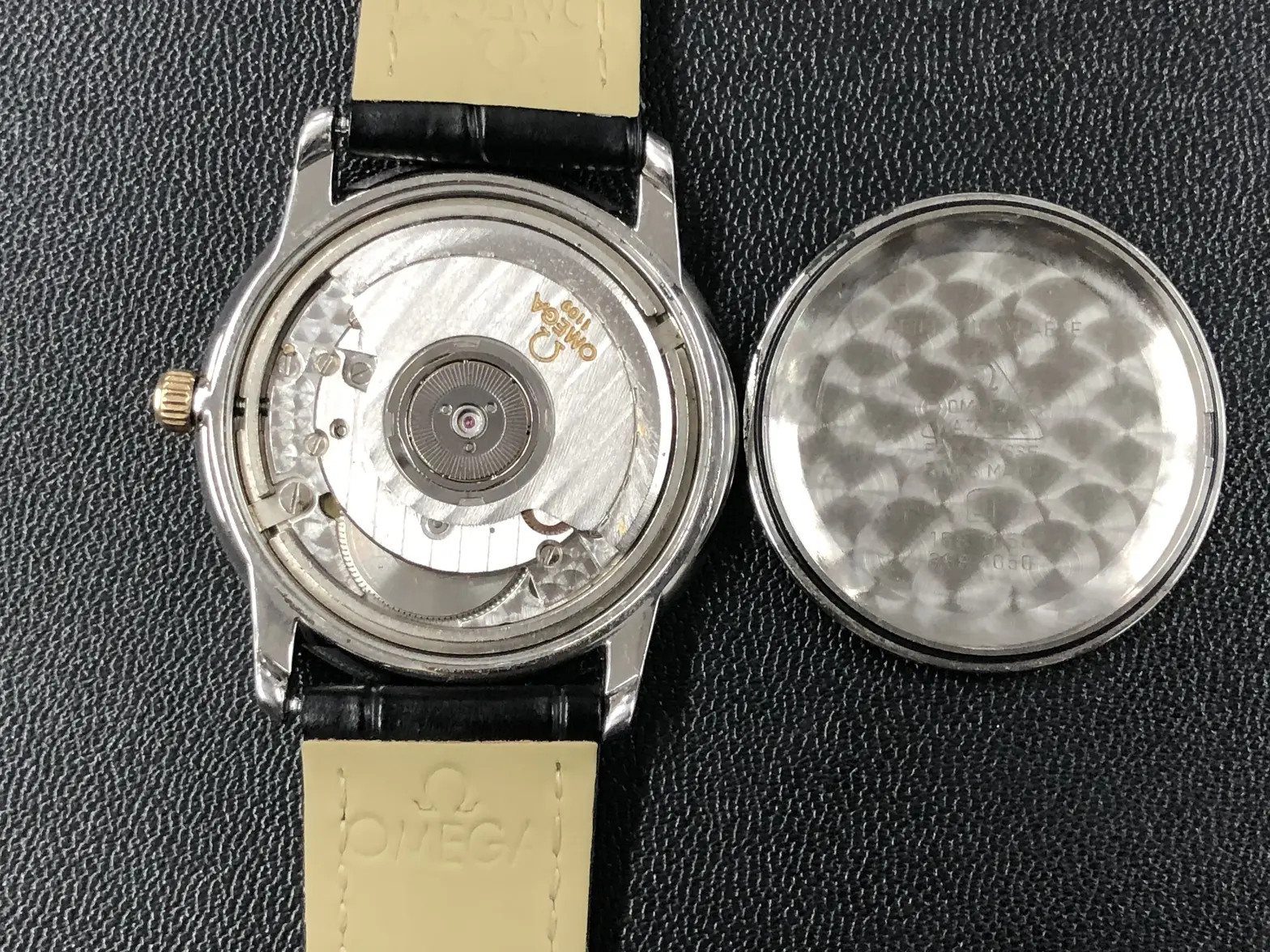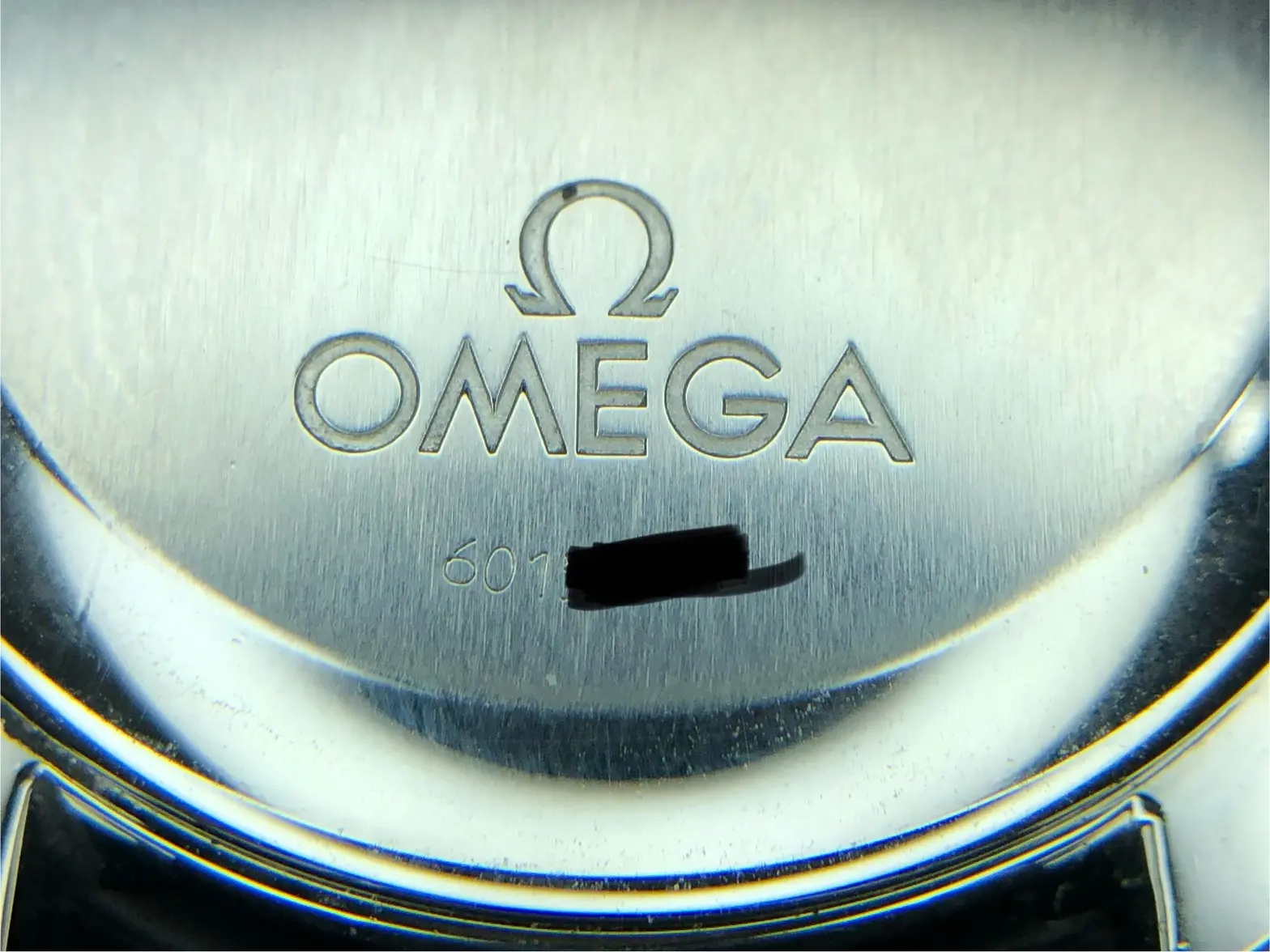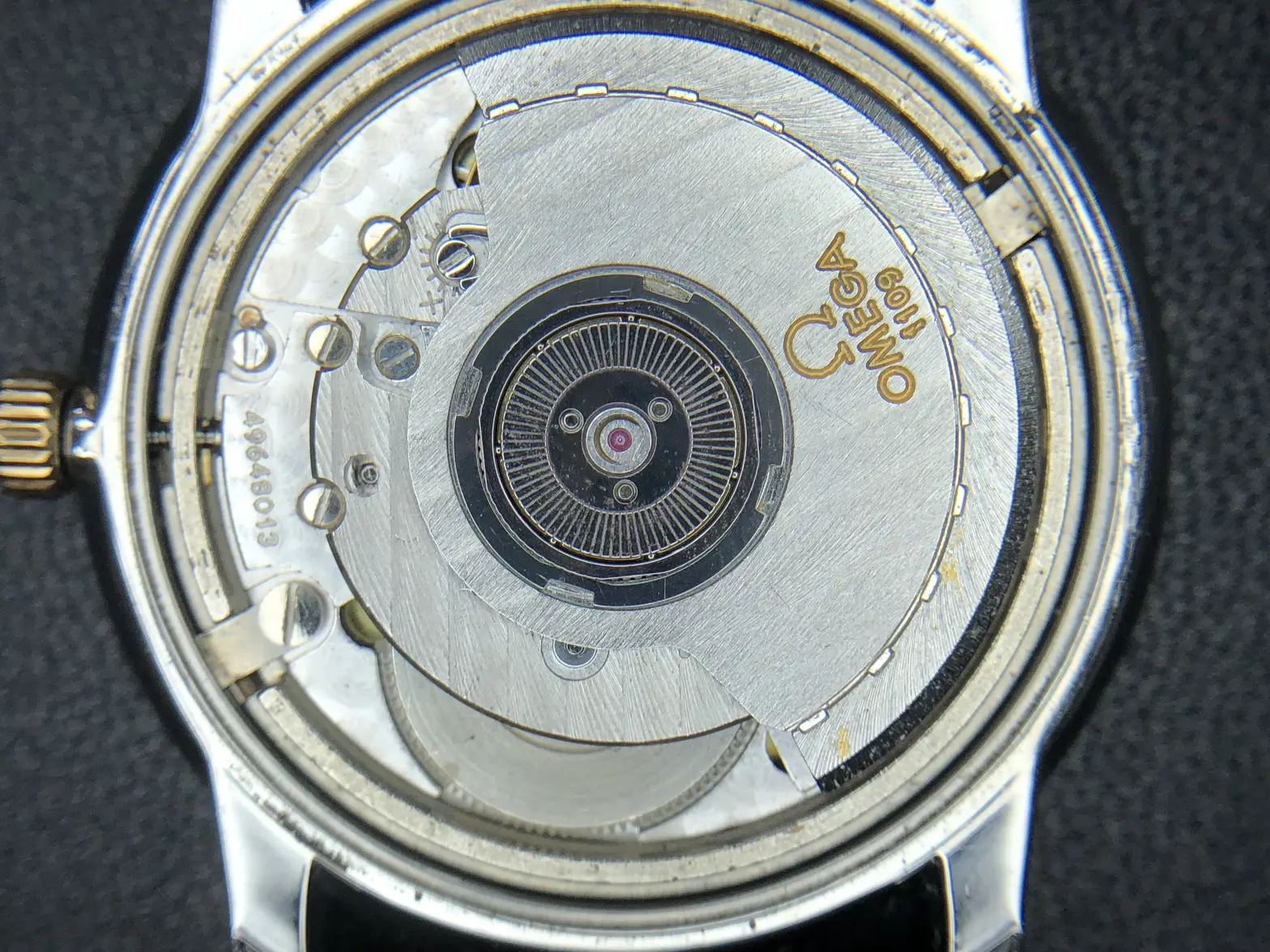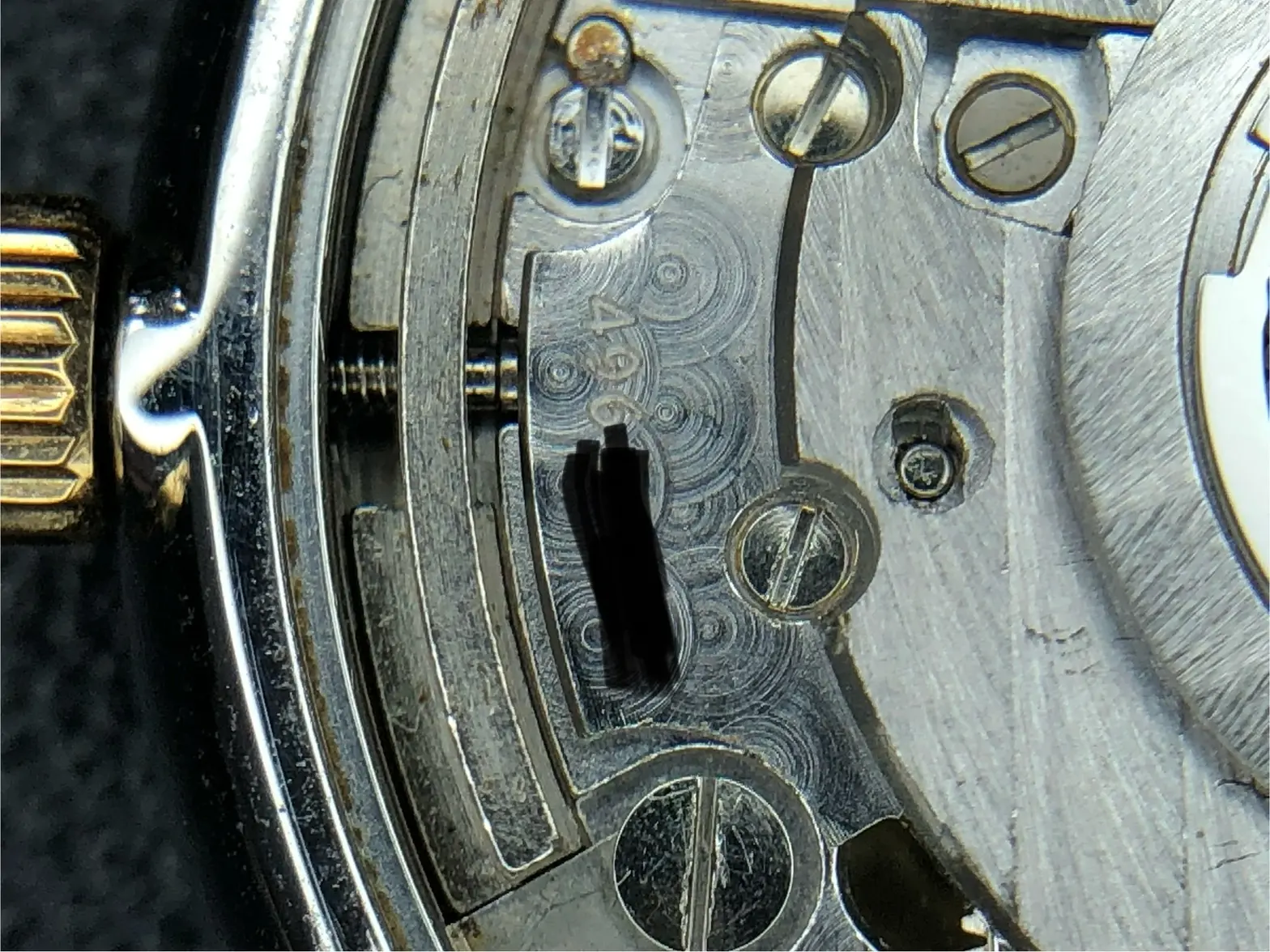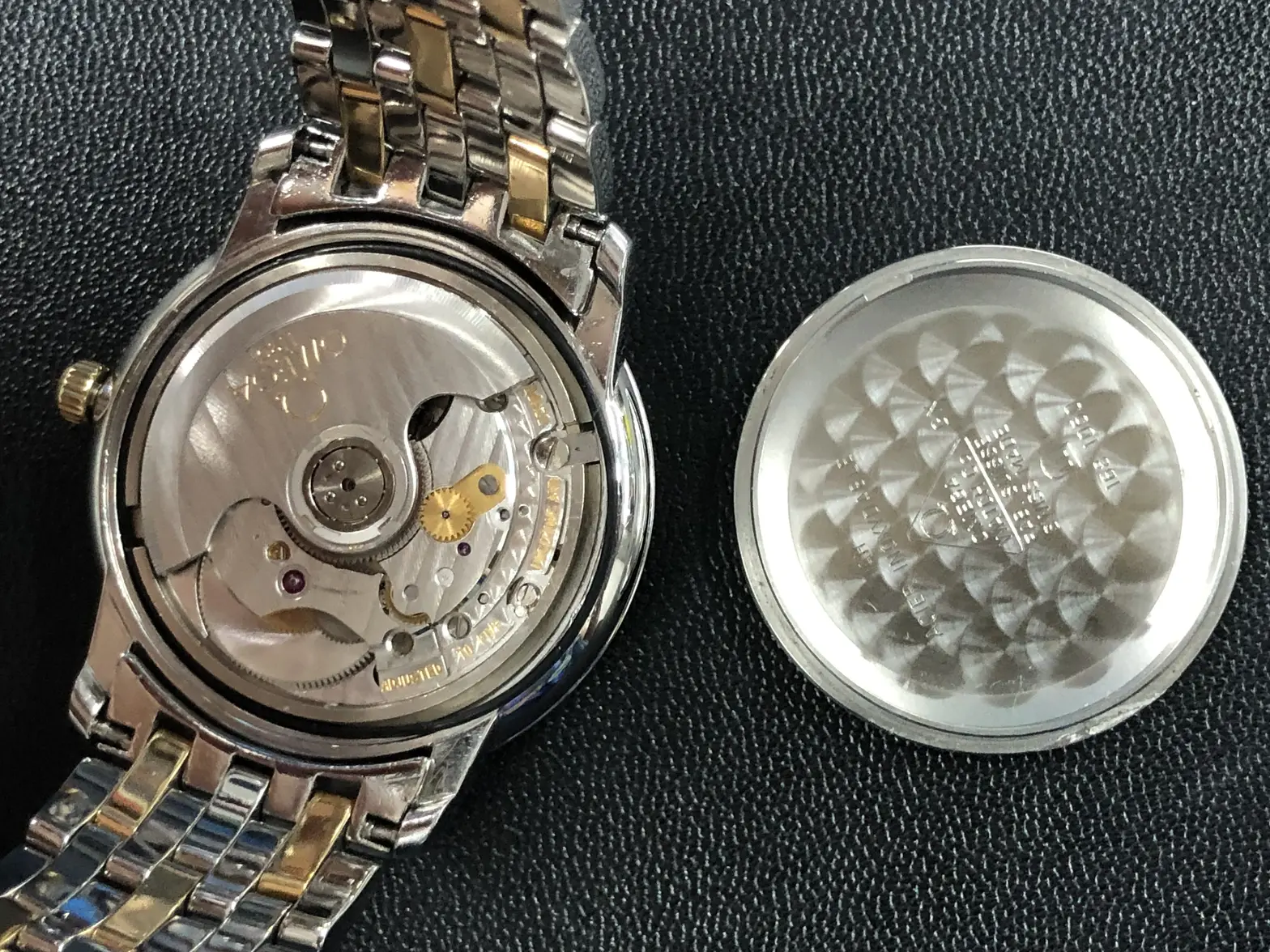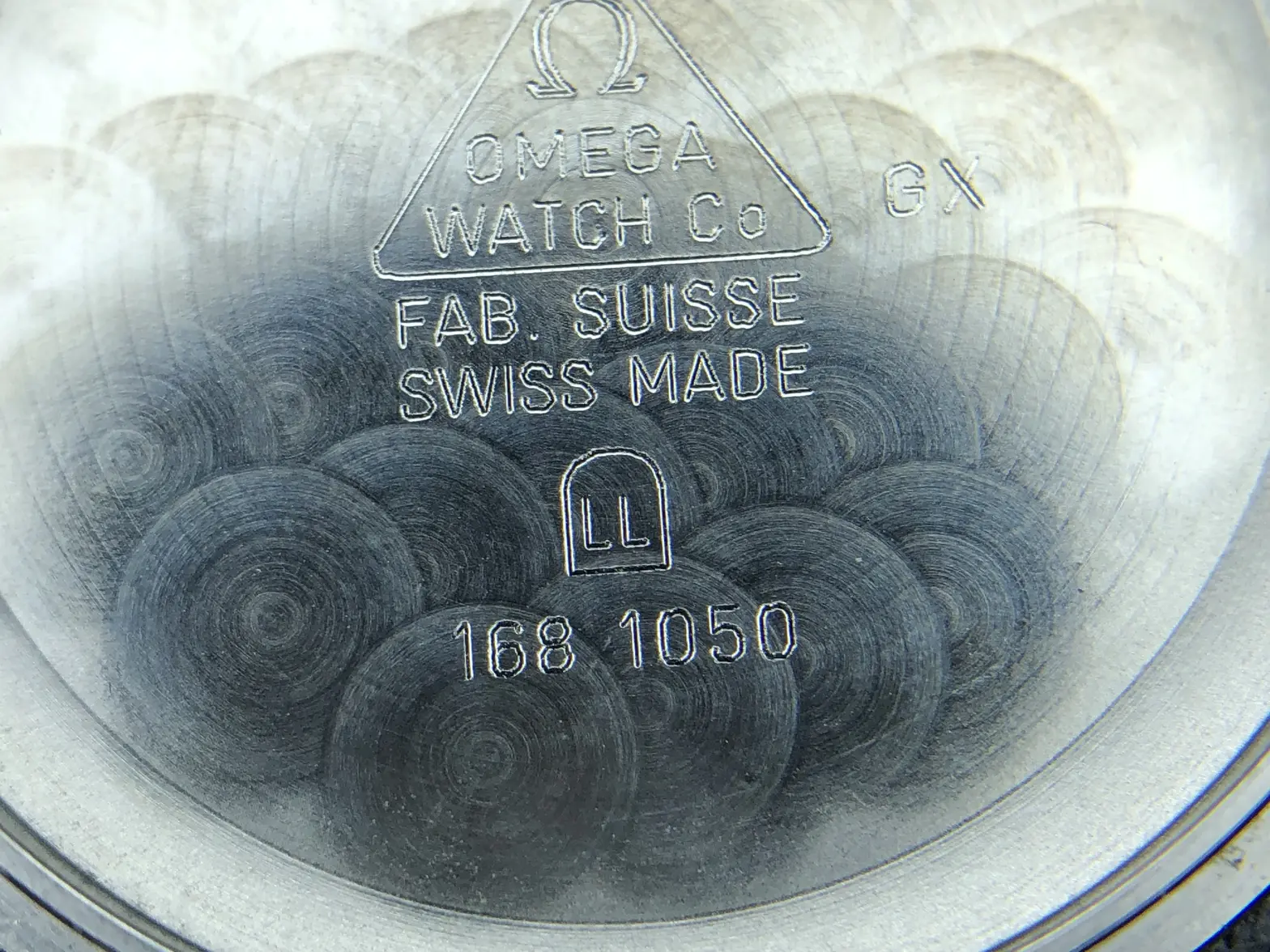- Posts
- 5
- Likes
- 0
JUIEN
·Hi fellow collectors and enthusiasts,
I’ve been researching vintage Omega watches lately, and a question has come up regarding serial numbers. From what I understand, Omega typically ensures that case numbers and movement numbers correspond correctly on their timepieces. However, I’ve stumbled upon some discussions mentioning potential mismatches in older models, particularly those from the Quartz Crisis era. I’m hoping to get some insights from the community here.
First, has anyone encountered vintage Omega watches where the case number does not match the movement number? Modern Omegas seem to maintain strict number matching, so I’m curious if earlier production pressures might have caused inconsistencies.Because I saw some examples on the market, the movement serial number does not match with the case number. For example: a vintage Omega Deville (model 168.1050 with calibre 1109) the case number is 601xxxxx and movement number is 496xxxxx.
Second, could such mismatches be linked to the Quartz Crisis? Might the pressures of Quartz Crisis have led to looser quality control, such as mixing parts from different batches or rushing assembly without proper number tracking?
If such mismatches did occur, how long did this phenomenon last? The Quartz Crisis is generally dated to the 1970s through the early 1980s, but Omega’s struggles persisted into the mid-1980s . Did the numbering inconsistencies align with this timeline, say roughly 1975-1985? I’ve also read that Omega shifted from in-house movements to ETA-based calibers after selling Lemania during the crisis, which might have disrupted production workflows . Could this transition have contributed to mismatched numbers?
Finally, for collectors: Do these mismatches affect authenticity assessments, or are they considered a known quirk of crisis-era production? I’ve seen warnings about untreated mismatches being red flags without documentation, but I’m wondering if exceptions exist for this specific period .
Any firsthand experiences, technical knowledge, or historical context would be greatly appreciated! Thanks in advance for sharing your expertise.
I’ve been researching vintage Omega watches lately, and a question has come up regarding serial numbers. From what I understand, Omega typically ensures that case numbers and movement numbers correspond correctly on their timepieces. However, I’ve stumbled upon some discussions mentioning potential mismatches in older models, particularly those from the Quartz Crisis era. I’m hoping to get some insights from the community here.
First, has anyone encountered vintage Omega watches where the case number does not match the movement number? Modern Omegas seem to maintain strict number matching, so I’m curious if earlier production pressures might have caused inconsistencies.Because I saw some examples on the market, the movement serial number does not match with the case number. For example: a vintage Omega Deville (model 168.1050 with calibre 1109) the case number is 601xxxxx and movement number is 496xxxxx.
Second, could such mismatches be linked to the Quartz Crisis? Might the pressures of Quartz Crisis have led to looser quality control, such as mixing parts from different batches or rushing assembly without proper number tracking?
If such mismatches did occur, how long did this phenomenon last? The Quartz Crisis is generally dated to the 1970s through the early 1980s, but Omega’s struggles persisted into the mid-1980s . Did the numbering inconsistencies align with this timeline, say roughly 1975-1985? I’ve also read that Omega shifted from in-house movements to ETA-based calibers after selling Lemania during the crisis, which might have disrupted production workflows . Could this transition have contributed to mismatched numbers?
Finally, for collectors: Do these mismatches affect authenticity assessments, or are they considered a known quirk of crisis-era production? I’ve seen warnings about untreated mismatches being red flags without documentation, but I’m wondering if exceptions exist for this specific period .
Any firsthand experiences, technical knowledge, or historical context would be greatly appreciated! Thanks in advance for sharing your expertise.
